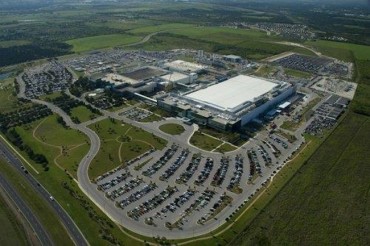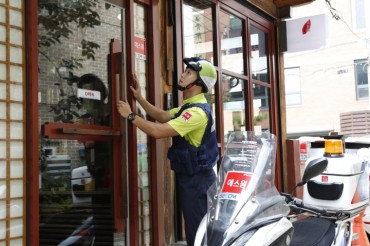
“It is equally important to provide jobs for these citizens that guarantee both quality and quantity, considering that the number of Korean elderly who are working is on the rise.” (image: KobizMedia/ Korea Bizwire)
SEOUL, Sept. 12 (Korea Bizwire) – A recent study by the Korea Labor Institute (KLI) revealed that Korea suffers among the highest levels of income inequality for its senior citizens (amongst OECD member nations), with four in 10 elderly laborers struggling with below-minimum-income wages.
In the KLI report “Changes in Employment of the Elderly and Income Inequality” revealed Sunday, Korea’s income inequality index for those aged 66 and above (Gini coefficient) was 0.422, which was the worst among OECD members apart from Chile (0.428).
The Gini coefficient, developed by Italian statistician Corrado Gini, is the most commonly used measure of income inequality, with values closer to 0 signifying more equal distribution of income, while values approaching 1 represent higher inequality. The general rule of thumb is that a figure exceeding 0.4 is a sign of severe inequality in terms of income distribution.
Furthermore, the Gini coefficient for those above 66 stood in stark contrast to another figure representing income inequality for the working age class (18 – 65), which stands at 0.28, indicating the conditions are far worse for the elderly than for the general public. The index was also lower than the U.S. (0.392), the U.K., (0.353), Germany (0.299), and France (0.294).
According to the KLI, the inequality of income among the Korean elderly results from a large number suffering from extremely low wages.
With more elderly Koreans working, the accession rate for those older than 60 was 38.9 percent. However, 37.1 percent of the employees worked under below-minimum-wage ($5.43/hour) conditions, more than triple the average value for all employees (11.6 percent) in the country. Many of the low-wage elderly had unstable, temporary jobs such as security guards, cleaning staff, and housework helpers (i.e. nannies, cleaning).
The polarization of income was also apparent among senior citizens, with more pensioners formerly serving as civil servants, teachers, and soldiers, and those with income from dividends and other investments.
“It’s time we seriously consider policies that reduce the poverty rate for elderly citizens and alleviate income inequality for the aged,” said a KLI official. “It is equally important to provide jobs for these citizens that guarantee both quality and quantity, considering that the number of Korean elderly who are working is on the rise.”
Koreans aged 65 years and older accounted for 13.1 percent (6.62 million) of the population in 2015, with the figure expected to rise to 40 percent by the year 2060.
By Lina Jang (linajang@koreabizwire.com)






